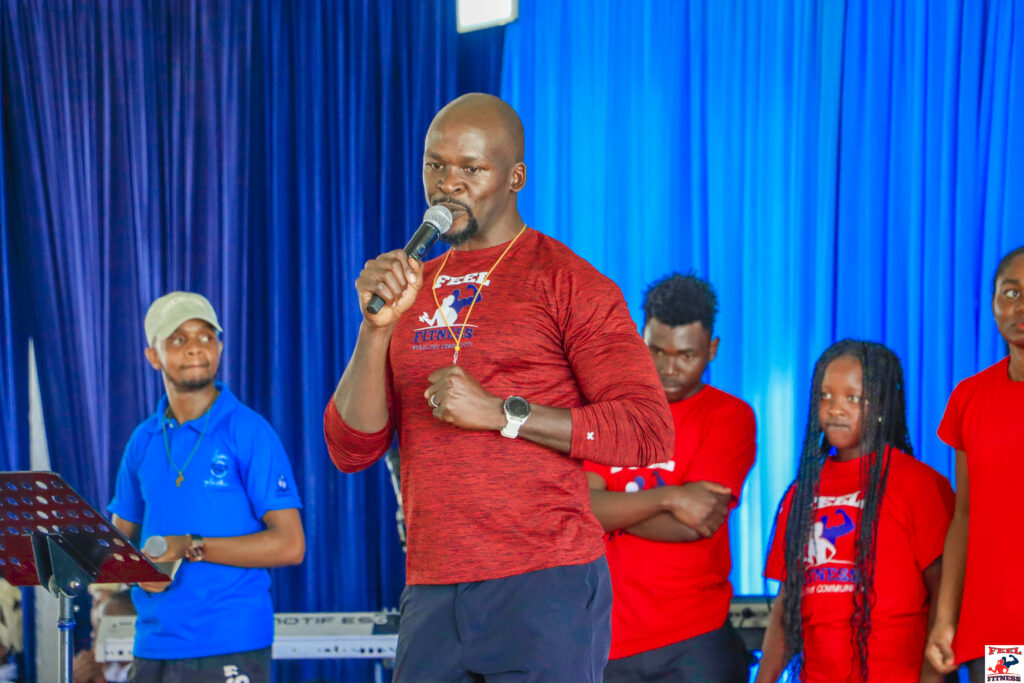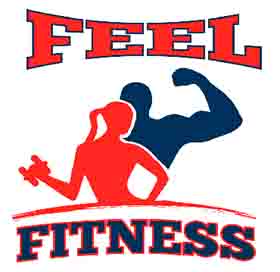If you’ve ever spotted someone in gym gear barking, “One more rep!” or dropping into a flawless lunge just to rescue a runaway pen, you’ve witnessed the unmistakable fingerprint of a fitness instructor. That’s me, and thousands like me, igniting change one rep, one room, one audience at a time. I’ve stormed stages across the country, blending science, sweat, and storytelling as I deliver speeches, workshops, and keynotes that challenge people to rethink what their bodies and minds can do. The fitness industry isn’t just buzzing, it’s booming. And I’m not just part of the movement; I’m helping drive the momentum.
Teamwork: The Missing Ingredient in Health
The World Health Organization (WHO) reports that non-communicable diseases (NCDs), like heart disease, diabetes, cancer and chronic respiratory illnesses, account for roughly three-quarters of all deaths globally. Yet physical inactivity remains a leading culprit. Around 31% of adults worldwide, about 1.8 billion people don’t get enough exercise.
However, regular physical activity can cut the risk of heart disease and stroke by nearly 20%, reduce the chances of type 2 diabetes by about 17%, and lower risks of certain cancers by between 8–28%. It also shields mental health, helping ward off depression and dementia.

Now imagine if fitness professionals and healthcare workers stopped operating in separate lanes , and instead joined forces. I dream of a coordinated “relay squad,” where exercise becomes the default prescription alongside clinical care, especially in low- and middle-income communities, which bear the heaviest burden of NCDs.
If fitness and healthcare teamed up, NCDs wouldn’t stand a chance. Lives would be saved, costs would fall, and communities would thrive. Evidence is clear, teamwork wins.
Coach Philip Namasaka
The Dual Role Health and Exercise Pros Play
As certified health, sports and exercise professionals, we’re not just cheerleaders in gym gear or timers for your planks, we’re guardians of both prevention and transformation. On one hand, we’re the frontline warriors in the fight against chronic diseases, crafting programs to manage, prevent, and reduce their grip. On the other, we’re motivational architects, building confidence and inspiring clients to embrace a lifestyle of movement.

In Kenya, the fitness industry is steadily evolving in its understanding of the importance of structured qualifications for practitioners. While this journey has not been without its challenges, partly due to policy frameworks that have been slower to adapt, the sector has continued to make meaningful progress. Encouragingly, more institutions, professionals, and regulatory bodies are embracing the need for standards, certification, and evidence-based practice. The momentum is building, and with continued collaboration between industry stakeholders and government, Kenya is well on its way to strengthening the professionalism and credibility of the fitness and wellness sector.
Teamwork is key.
Once upon a time, sports, health and fitness instructors were like the cool cousins at family gatherings, part of the wellness conversation but not really invited to sit at the grown-ups’ table with the healthcare pros. Why? Well, historically, we weren’t seen as extensions of the healthcare team. Apparently, lacking the training to tackle topics like nutrition and weight management with the finesse of a surgeon’s scalpel meant we were stuck cheering from the sidelines.
Encouragingly, more institutions, professionals, and regulatory bodies are embracing the need for standards, certification, and evidence-based practice. The momentum is building, and with continued collaboration between industry stakeholders and government, Kenya is well on its way to strengthening the professionalism and credibility of the fitness and wellness sector
FITPAK
The health and fitness world isn’t just a standalone act, it’s the perfect partner to the medical system, working in harmony to achieve the same goal: healthier, happier lives. Let’s face it, though, general practitioner training doesn’t exactly include a masterclass on squats or prescribe lunges for stress relief (but wouldn’t that be something?).
Still, the tide is turning. It’s exciting to witness doctors and fitness professionals teaming up, blending science with movement to tackle the health challenges of today. While there’s still plenty of room to grow, this collaboration is a game-changer. The best part? We’re just getting started, and the future looks stronger, brighter, and fitter than ever
Prevention is Better Than Cure.
Adopting new habits may result in weight loss, but should focus on the adoption of healthy habits that will have an impact on our clients health, regardless of their weight. Individuals will avoid millions of shillings in healthcare costs later by becoming more physically active today. Lifestyle ailments such as obesity, heart disease, diabetes, hypertension, stress, and depression can all be prevented by the habits we embrace. Prevention is better than cure.
Exercise professionals should work adjacent to, or within the healthcare setting, supporting teams of doctors, nutritionists, physiotherapists, physical therapists or alternative healthcare. We need to align with allies across healthcare advocacy and physical activity promotion to push for fitness and health policies that can get more people active.
Gerenge -Fitness Professionals Association of Kenya

Health and wellness is more like a group project where everyone actually does their part (a rare miracle, I know). Think less solo marathon, more relay race. It’s time we all laced up our teamwork sneakers and embraced the truth: no one’s winning the health championship alone. So, stop hoarding the ball, pass it around, and let’s win this game together!
Prescriptions Need Teamwork Too
Doctors handing out physical activity advice like takeout menus isn’t cutting it. They need backup, cue the fitness pros (that’s us)! But let’s make sure the advice doesn’t stop at “exercise more.” Patients need directions on where to “fill” their prescription and a solid pep talk on how not to ghost their workout plans. After all, we’re not running a gym version of a lost-and-found for forgotten resolutions.
Slow and Steady Wins the Race
Why do we need teamwork? Because clients often walk in with dreams so big they’d make father Christmas nervous. No, you’re not getting abs by Thursday, no matter how many crunches you do today. Unrealistic expectations lead to disappointment, and disappointment sends people sprinting away from their goals faster than you can say, “New Year’s resolution.” Our job? Be the voice of reason with a side of encouragement, and maybe a little reality check.

It Takes a Village (and a Sense of Humor)
Here’s the thing: it really does take a village to get this wellness thing right, and guess what? We are the village. So, grab your tools and let’s collaborate to turn every community into a hub of health and happiness. When we team up, the clients win, we win, and hey, we might even make health look fun. Game on, team!

